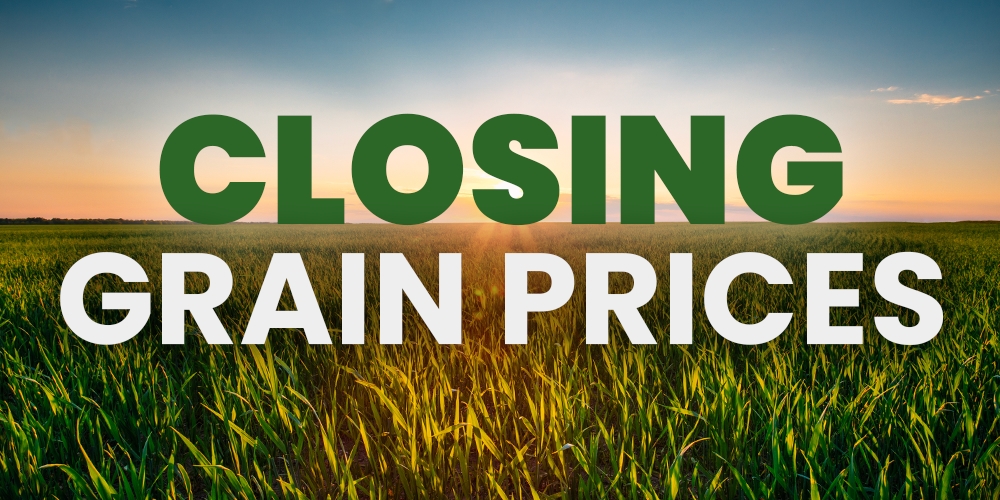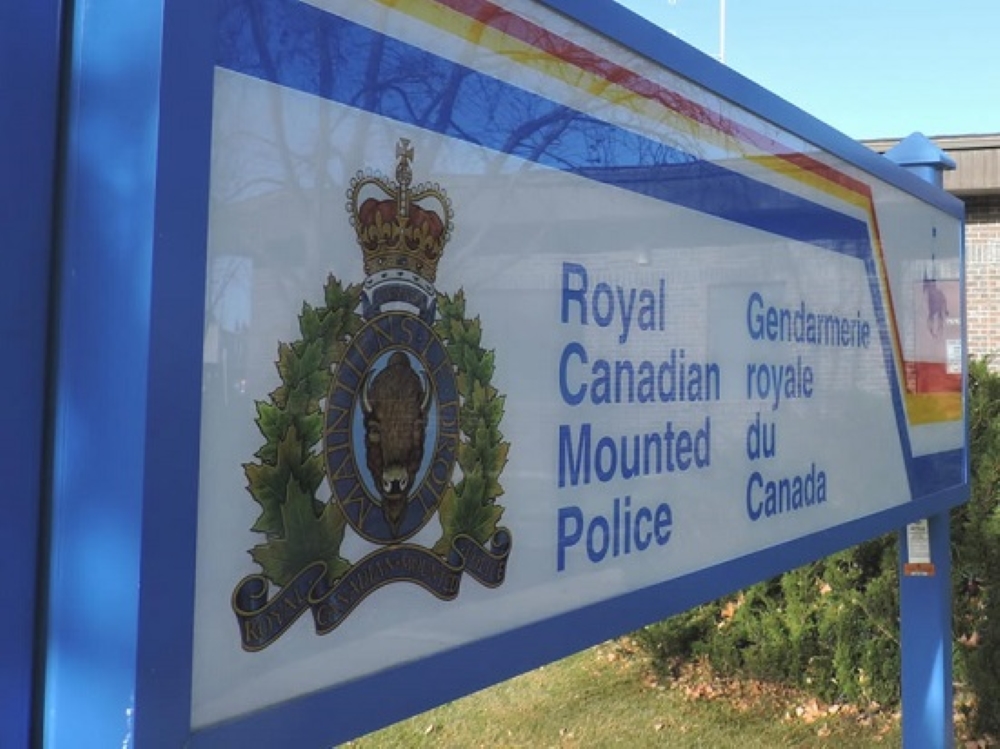A project being referred to as “generational” is being announced by the province.
It will see the irrigation of over 200,000 hectares of land from Lake Diefenbaker over the next 10 years which basically doubles the amount of irrigable land in Saskatchewan.
The project will begin with an immediate $22.5 million investment in preliminary engineering and initial construction. Project construction is expected to occur approximately over the next 10 years in three main phases at a cost estimated at $4 billion.
During a Thursday morning media conference from the Saskatchewan Legislature, Premier Scott Moe said this will be one of the largest infrastructure projects in the history of the province.
“It will also be one of the most beneficial infrastructure projects to the economy in the province of Saskatchewan and the expansion of jobs in communities within our province,” announced the premier.
It is also a project that former Agriculture Minister Lyle Stewart says is 20 years in the making.
“The timing is right to move this forward. The vision is for our grandchildren and great grandchildren and generations to follow. ” Stewart said. ” The impact on Saskatchewan producers will be substantial as it will give our farmers an opportunity to grow the high value table crops that will give this country far more food security than we have ever known.”
Phase 1 of the project is estimated to cost $500 million and will include the rehabilitation and expansion of the existing Westside irrigation canal system. This work will increase the amount of irrigable land by 80,000 acres in the area. It is considered one of the most shovel ready irrigation projects in the province with 90 per cent of the current canal already in place.
Phases 2 and 3 of the project are estimated to cost up to $3.5 billion.
Phase 2 will see the further expansion and buildout of the Westside Irrigation Project, adding an additional 260,000 acres of irrigable land. Once fully built and developed, the project will eventually see land made available for irrigation near Macrorie, Milden, Zealandia, and as far north as Delisle and Asquith.
Phase 3 will see the buildout of the Qu’Appelle South Irrigation Project, adding an estimated 120,000 acres of irrigable land. Starting at Lake Diefenbaker and going south, the project would run near the communities of Tugaske, Eyebrow, down to Marquis and into Buffalo Pound Lake. It would provide the Moose Jaw-Regina corridor and southern Saskatchewan with a secure source of water for the next century and act as a catalyst for significant industrial expansion in the years to come.
This year, $22.5 million is being invested as part of Phase 1 to immediately begin preliminary engineering and initial construction of the Westside Irrigation Project. Preliminary soil quality analysis of the Qu’Appelle South Irrigation Project area will also begin this year.
Stewart says this will diversify the agriculture economy substantially as more crops can now be produced.
“We have the opportunity to grow most vegetable crops that come to mind certainly the ones that we commonly consume in North America. “Stewart said. “The real value to that is that they are high-value crops to producers, but they will attract processors that we don’t have now. We have substantial canola-crushing and other things that we have with grains and oilseeds and pulse crops, but we don’t have processors that handle table crops so that is where the real potential lies.”
These irrigation projects are building blocks for regional economic development in Saskatchewan. Initial estimates show the investment will result in a $40 to $80 billion increase in the provincial Gross Domestic Product over the next 50 years. The project is estimated to create 2,500 construction jobs a year, over the next ten years.
“I look forward to working with producers, industry and government partners to expand irrigation capacity in Saskatchewan,” Agriculture Minister David Marit said. “From diversifying crop production and attracting more value-added processing, to benefiting local economies and adding to our long-term food security, increased irrigation opportunities support a profitable and sustainable economy.”
(With files from Moises Canales)








